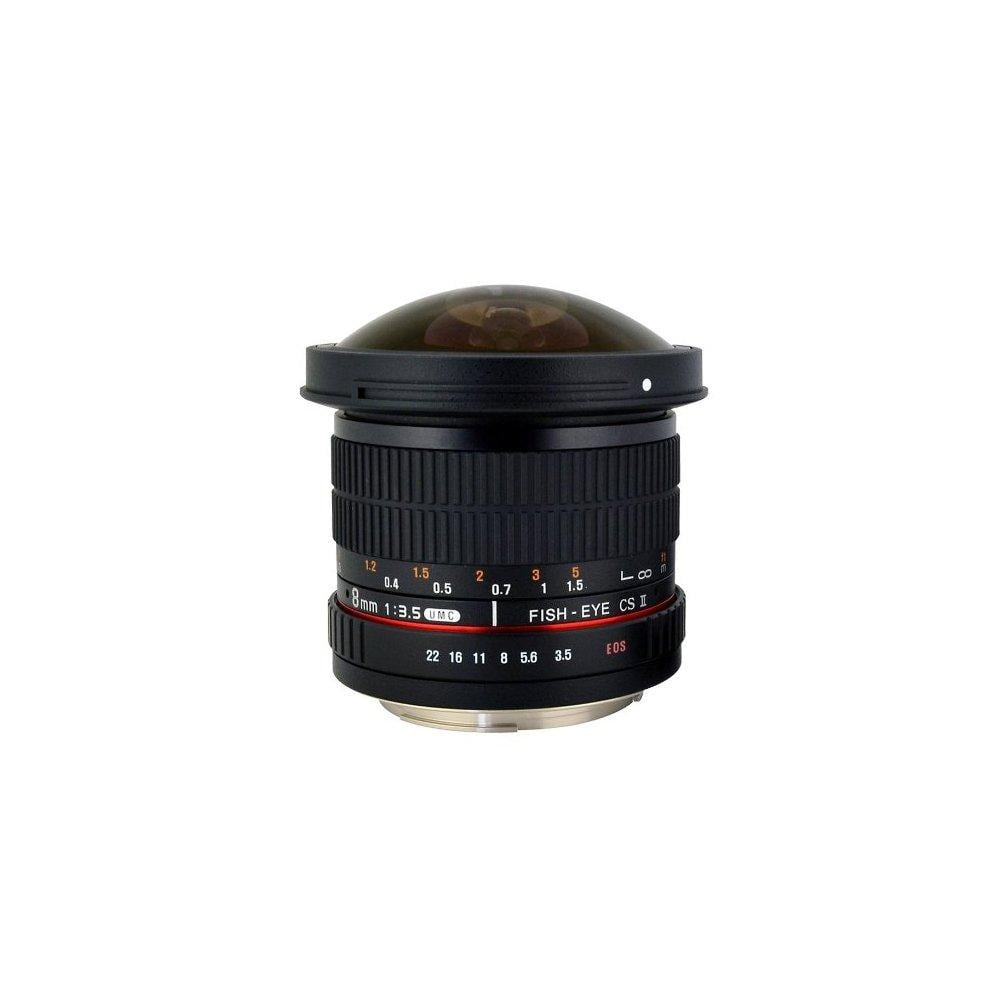

For instance, light may take longer to scatter, or propagate off one shape versus another - a phenomenon known as phase delay. The team then used lithographic techniques to carve a pattern of optical structures into the film.Įach structure, or “meta-atom,” as the team refers to them, is shaped into one of several nanoscale geometries, such as a rectangular or a bone-shaped configuration, that refracts light in a specific way. Their new metalens is a single transparent piece made from calcium fluoride with a thin film of lead telluride deposited on one side. Hu and his colleagues instead came up with a simple design that does not require additional components and keeps a minimum element count. To expand the field of view further would traditionally require additional optical components to correct for aberrations, or blurriness - a workaround that would add bulk to a metalens design. Previously, scientists have designed metalenses that produce high-resolution and relatively wide-angle images of up to 60 degrees. Metalenses, while still largely at an experimental stage, have the potential to significantly reshape the field of optics. Hu’s MIT coauthors are Mikhail Shalaginov, Fan Yang, Peter Su, Dominika Lyzwa, Anuradha Agarwal, and Tian Gu, along with Sensong An and Hualiang Zhang of UMass Lowell. Hu and his colleagues have published their results today in the journal Nano Letters. This isn’t just light-bending - it’s mind-bending.”

“The fact that this can actually realize fisheye images is completely outside expectation. “This design comes as somewhat of a surprise, because some have thought it would be impossible to make a metalens with an ultra-wide-field view,” says Juejun Hu, associate professor in MIT’s Department of Materials Science and Engineering. The low-profile lenses might also be integrated into medical imaging devices such as endoscopes, as well as in virtual reality glasses, wearable electronics, and other computer vision devices. The new design could potentially be adapted for a range of applications, with thin, ultra-wide-angle lenses built directly into smartphones and laptops, rather than physically attached as bulky add-ons. The lens works in the infrared part of the spectrum, but the researchers say it could be modified to capture images using visible light as well. In this case, the new fisheye lens consists of a single flat, millimeter-thin piece of glass covered on one side with tiny structures that precisely scatter incoming light to produce panoramic images, just as a conventional curved, multielement fisheye lens assembly would. The design is a type of “metalens,” a wafer-thin material patterned with microscopic features that work together to manipulate light in a specific way. It is the first flat fisheye lens to produce crisp, 180-degree panoramic images. Now engineers at MIT and the University of Massachusetts at Lowell have designed a wide-angle lens that is completely flat. Their spherical, multipiece design makes fisheye lenses inherently bulky and often costly to produce. To capture panoramic views in a single shot, photographers typically use fisheye lenses - ultra-wide-angle lenses made from multiple pieces of curved glass, which distort incoming light to produce wide, bubble-like images.


 0 kommentar(er)
0 kommentar(er)
